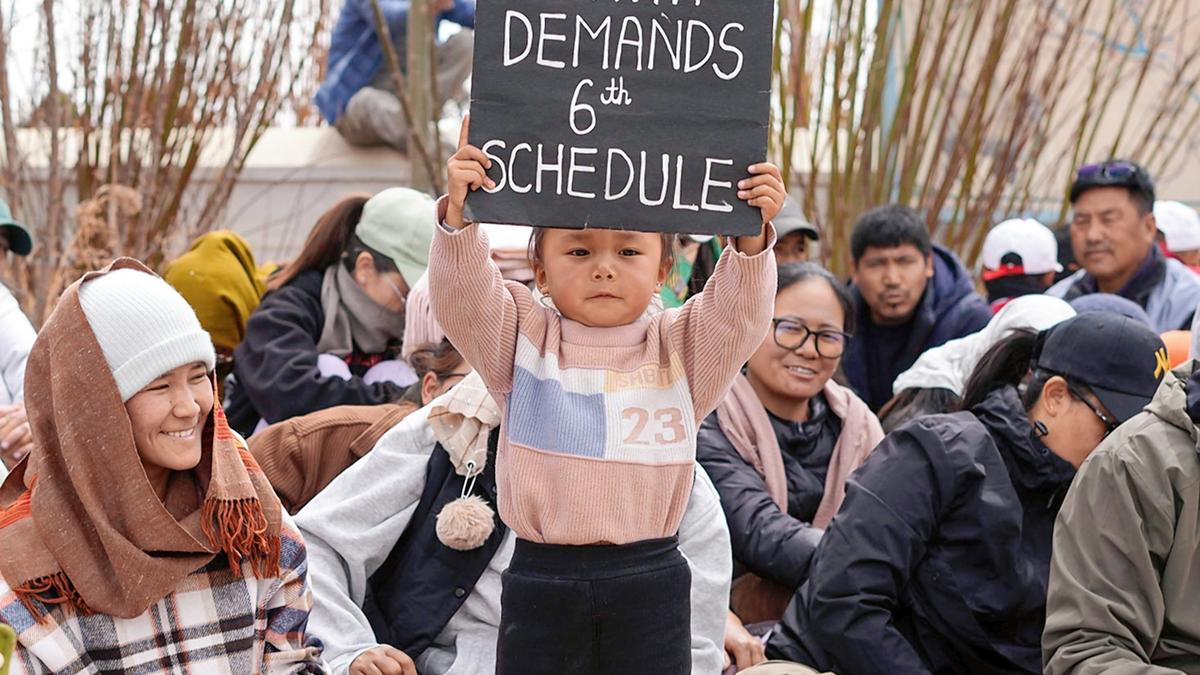ARTICLE AD BOX
Last Updated:June 02, 2025, 13:38 IST
Among the worst-affected areas is P North ward, covering neighbourhoods like Madh, Malvani, Appa Pada, and Malad where officials uncovered 15 buildings deemed critically dangerous

BMC has already begun issuing eviction notices to residents of C1-classified buildings. (Local18)
The Mumbai civic body has identified at least 134 private buildings as extremely dangerous and placed them under the ‘C1 category’, ordering them to evacuate immediately. These buildings have been classified as being in a state of extreme disrepair and unsafe for habitation.
This alarming revelation comes after an extensive pre-monsoon structural audit carried out by the Brihanmumbai Municipal Corporation (BMC), which routinely surveys old and dilapidated structures ahead of the rainy season to avert potential tragedies. With the 2025 monsoon around the corner, the findings have triggered fresh concerns about urban safety in a city where vertical expansion often outpaces infrastructure upkeep.
Mumbai’s Danger Zones
Among the worst-affected areas is P North ward, covering neighbourhoods like Madh, Malvani, Appa Pada, and Malad. Here, officials uncovered 15 buildings deemed critically dangerous. The area, marked by rapid urban expansion and a dense cluster of aging residential units, has long struggled with structural degradation.
Another 15 buildings were recorded in the H West ward, which includes Bandra West and Santa Cruz West. This belt is known for its older chawls and housing societies, many of which have not seen major repairs in decades.
In the K East (Andheri East, Jogeshwari East) and N (Vidyavihar, Ghatkopar, Vikhroli) wards, 11 buildings each were classified under the C1 category. These central suburban zones are dotted with several pre-independence structures that now stand dangerously weakened.
The upscale yet aging K West ward – home to areas like Versova, Seven Bungalows, and Juhu – was found to house 10 dangerously dilapidated buildings. Many of these structures, despite their premium real estate locations, have suffered from prolonged neglect.
Further north, the R Central ward, which includes Borivali, Chikuwadi, and Vajira Naka, had 8 buildings listed under the C1 classification. Meanwhile, P South (Goregaon, Aarey Colony) and H East (Bandra East, Khar) recorded 7 extremely unsafe buildings each.
In some of the city’s most densely populated and historically significant neighborhoods – Girgaon, Matunga, and Kurla, located in the D, G North, and L wards – officials found 6 dangerously dilapidated buildings per ward.
How Buildings Are Classified
According to civic engineers, a building’s classification into categories C1, C2, or C3 depends on a detailed assessment of its structural integrity, including inspections of the RCC frame, columns, slabs, and overall stability.
- C1: Requires immediate evacuation and demolition.
- C2: Can be made safe through major structural repairs.
- C3: Needs only minor repairs and is not immediately hazardous.
Some of the structures reviewed this year are more than 190 years old, while others are caught in limbo due to private redevelopment disputes or legal standstills involving tenants and owners.
BMC Action Underway
Municipal authorities have already begun issuing eviction notices to residents of C1-classified buildings. If occupants fail to vacate, officials warn, legal measures will follow. Past experiences show that evacuation efforts are often slowed by resistance from residents, legal complications, or stalled redevelopment agreements.
The BMC’s initiative is part of a broader pre-monsoon preparedness strategy, aimed at minimising casualties from potential building collapses during heavy rainfall.
- Location :
- First Published:
News india Mumbai Monsoon: 134 Private Buildings Declared 'Extremely Dangerous' To Live In | Check List



.png)
.png)
.png)
















 3 days ago
8
3 days ago
8









 English (US) ·
English (US) ·